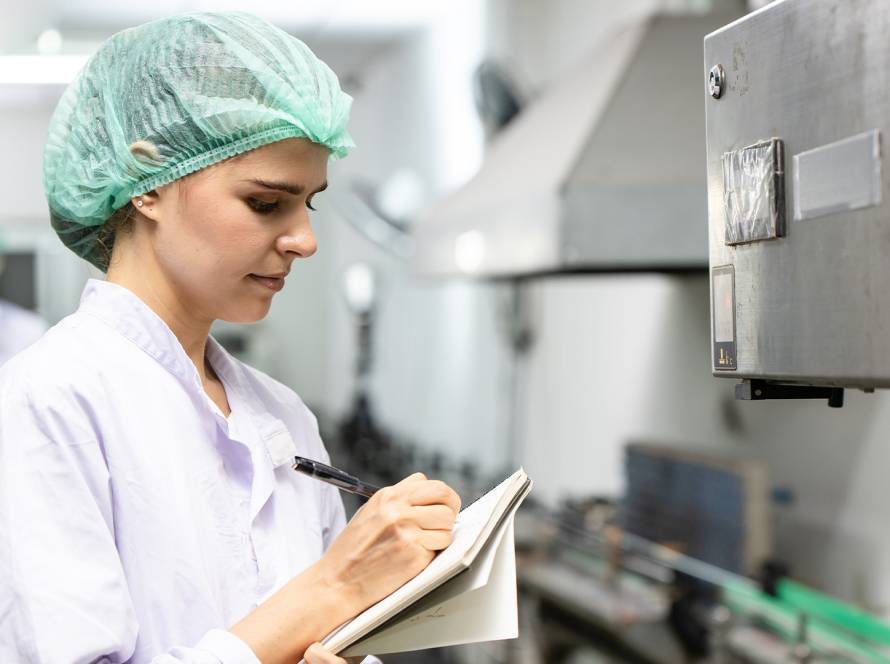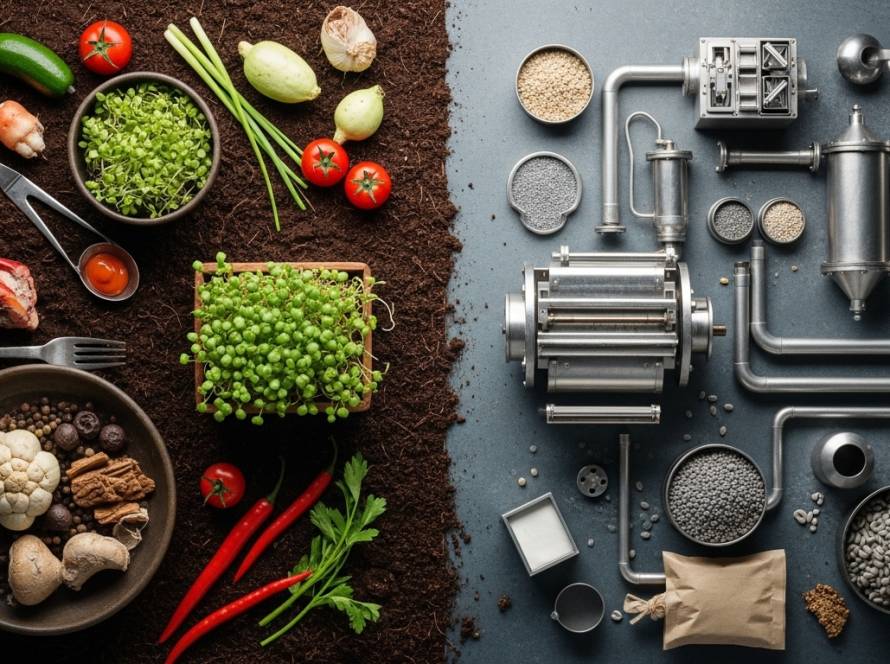As the world population increases rapidly, efficiency and sustainability in the agricultural sector are becoming more important than ever. While traditional farming methods are struggling with increasing demand, challenges such as climate change and resource scarcity are also among the problems farmers face. At this point, artificial intelligence and robotics technologies stand out as two key elements shaping the future of agriculture.
The Use of Artificial Intelligence in Agriculture
Artificial intelligence has the potential to revolutionize the agricultural sector with big data analysis and machine learning techniques. Artificial intelligence can be used to increase efficiency at every stage of agricultural processes. For example, thanks to precision agriculture applications, farmers can collect detailed data on soil and plant health in different parts of their fields. This data is analyzed by artificial intelligence, allowing processes such as irrigation, fertilization and spraying to be carried out in the most appropriate way.
In addition, artificial intelligence-based prediction models can provide more accurate predictions about crop productivity and harvest time by considering factors such as weather, soil moisture and plant growth. In this way, farmers can use their resources more efficiently, achieve higher yields and reduce environmental impacts.
The Transformative Role of Robotic Technologies in Agriculture
Robotic technologies are also providing a significant transformation in the agricultural sector. Agricultural robots can perform many tasks that require human labor faster, more efficiently and more precisely. For example, harvesting robots can harvest fruits and vegetables without damaging the products by using sensitive sensors and arms. This provides a great advantage, especially in regions where there is a labor shortage.
In addition, autonomous tractors and drones are revolutionizing the monitoring and management of large agricultural areas. Autonomous tractors can move around the field by themselves using GPS and sensor technologies and perform specified operations. Drones, on the other hand, can be used for tasks such as monitoring plant health and detecting pests by taking high-resolution images of agricultural fields.
The Key to Sustainable Agriculture: Artificial Intelligence and Robotics
Artificial intelligence and robotic technologies also contribute to making agriculture more sustainable. Smart irrigation systems optimize water consumption according to the actual needs of the plants, while minimizing unnecessary water use. This is vital for the protection of water resources. Similarly, systems that optimize the use of fertilizers and pesticides help protect ecosystems by reducing environmental pollution.
Future Agriculture: Unmanned Farms and Digitalization
Artificial intelligence and robotics could lead to the complete digitalization of agriculture and the spread of unmanned farms in the future. Unmanned tractors, robot harvesters and AI-supported management systems could allow farmers to manage their agricultural activities remotely. This can contribute to increasing efficiency in the agricultural sector, while reducing human errors and labor costs.
However, with the widespread use of these technologies, some challenges may also arise. In particular, the cost barriers that small-scale farmers may face in accessing these technologies are among the issues that need to be carefully addressed for the fair digitalization of the sector.
Artificial intelligence and robotic technologies have the potential to revolutionize the agricultural sector. These technologies not only increase efficiency, but also ensure that agriculture is more sustainable and environmentally friendly. In the future, with the full digitalization of agriculture and the spread of unmanned farms, a more efficient, more sustainable and more profitable period may begin in the agricultural sector. However, it is of great importance that this transformation takes place in a fair and accessible way for all stakeholders.





